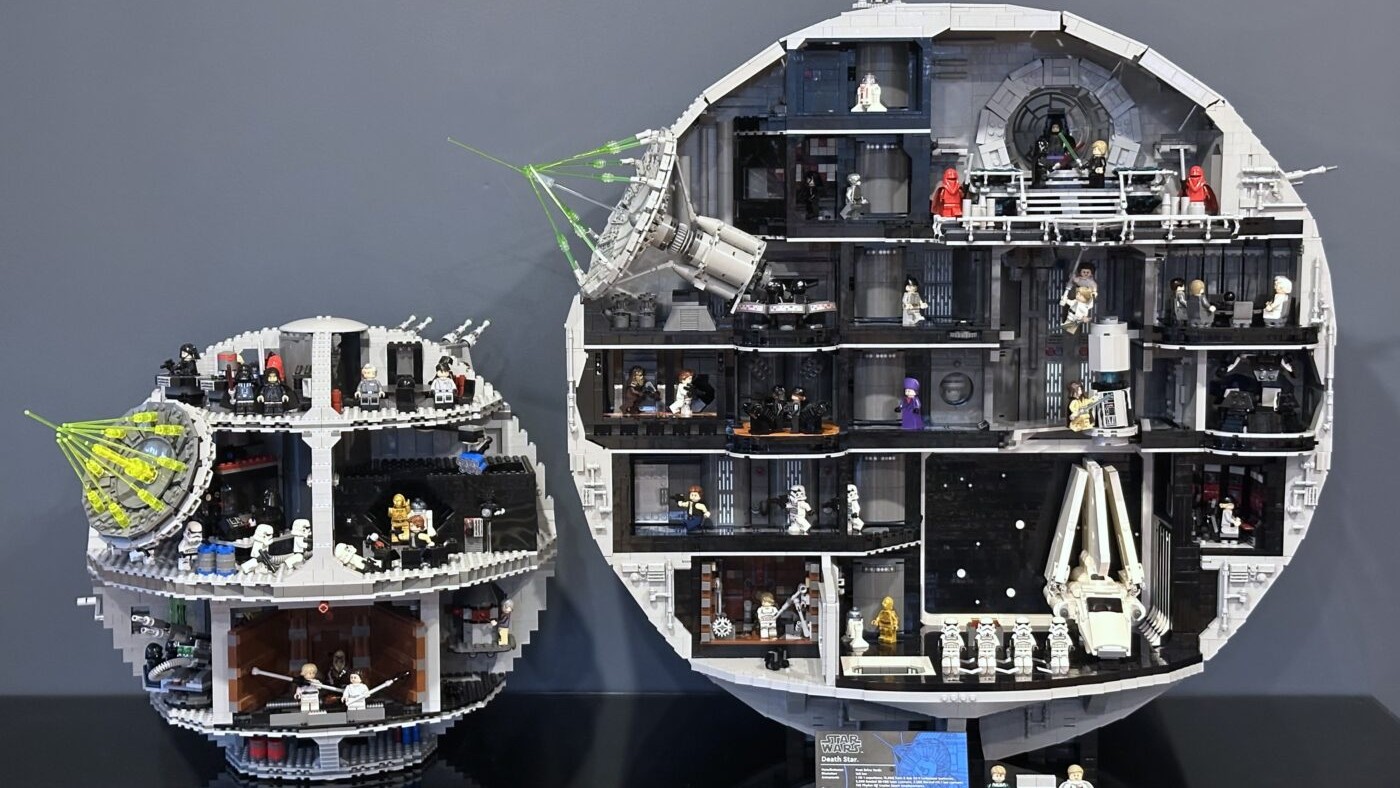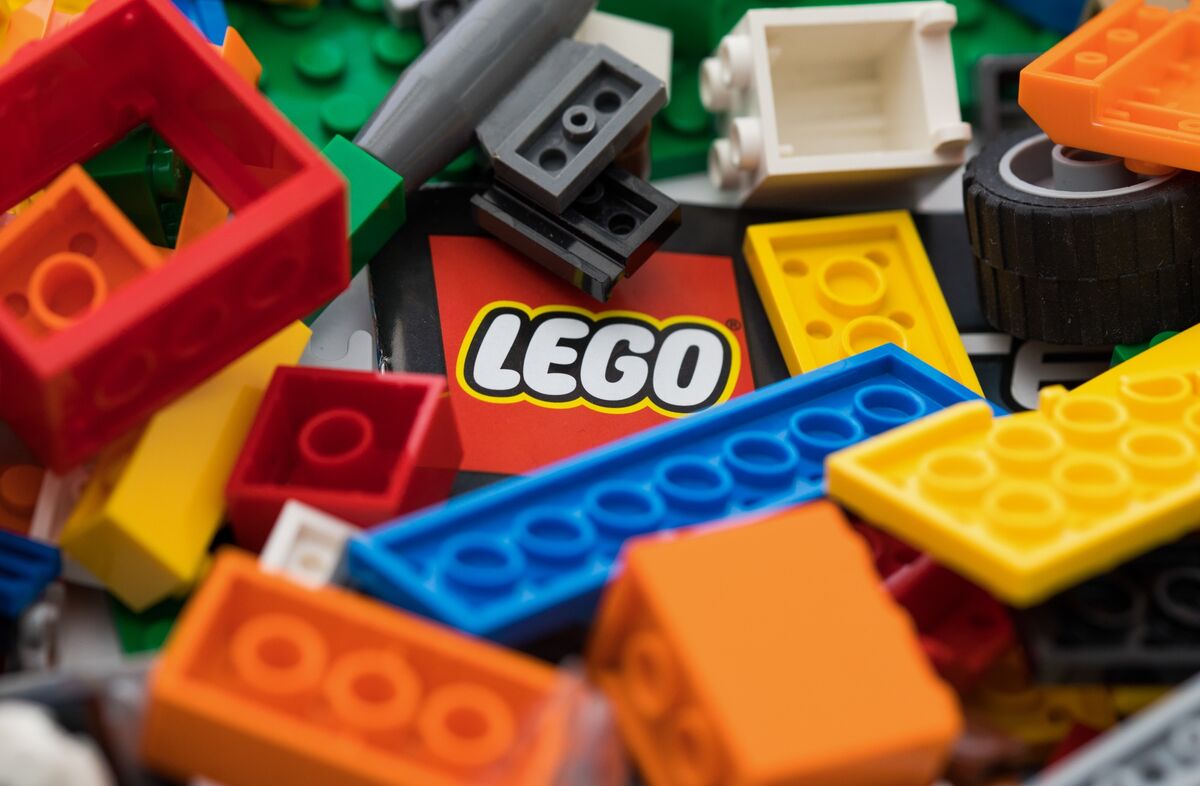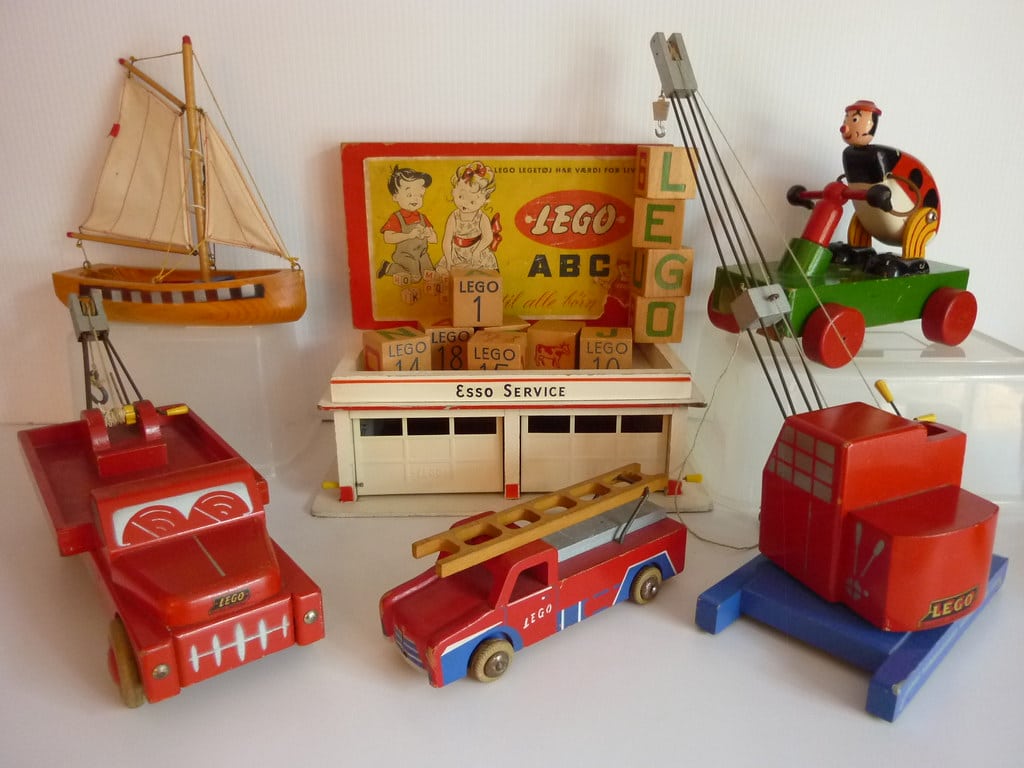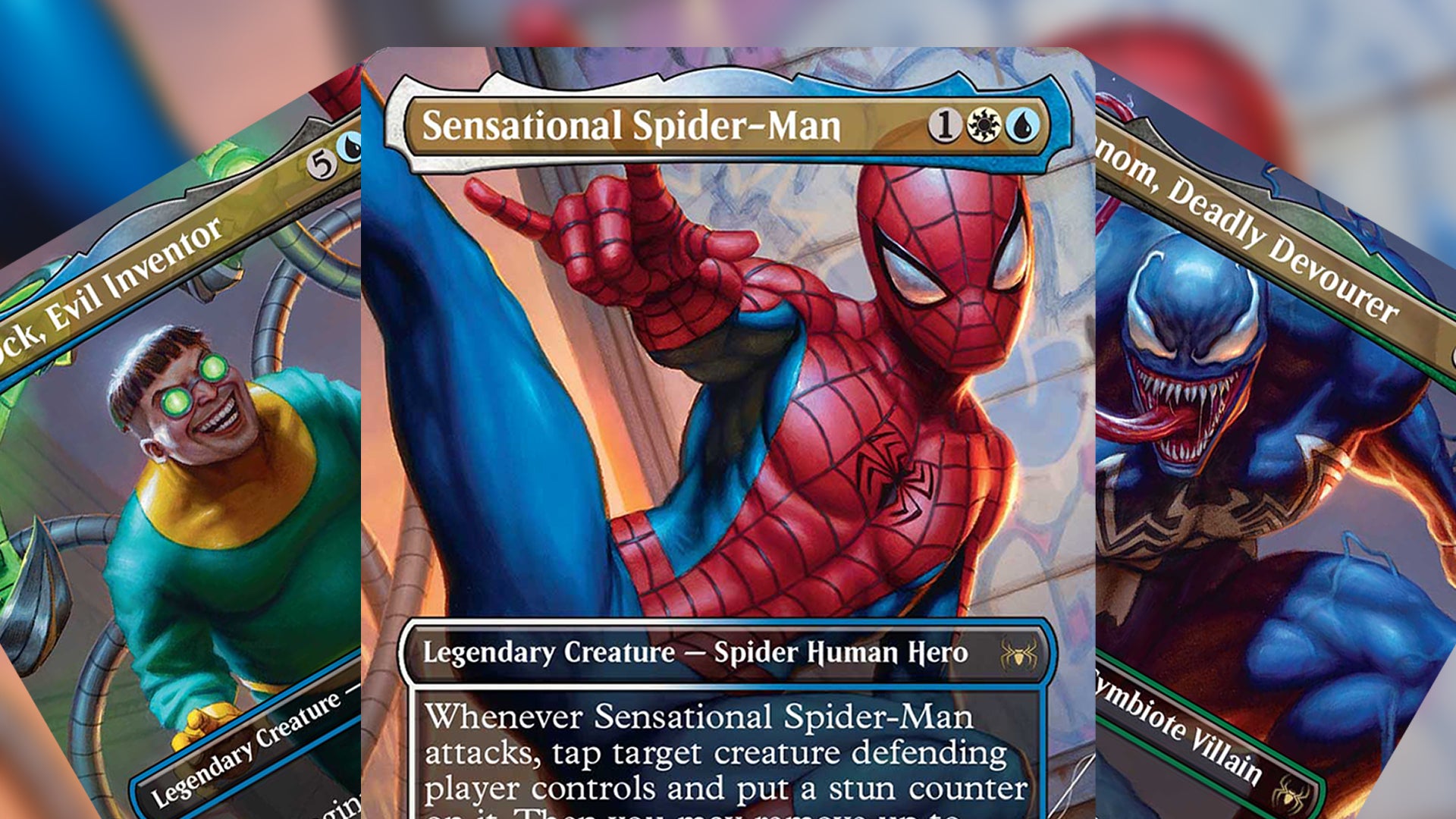
2025 LEGO Sets: The Best, Coolest, And Most Talked-About Releases
f you follow LEGO, 2025 was a big year. New licenses arrived, long-running themes leveled up, and we even got the priciest Star Wars model

LEGO is one of the most recognizable toy brands in the world, loved by children and adults alike. But how did it all start? From wooden toys to plastic bricks, let’s take a look at the fascinating history of LEGO.
In 1932, a Danish carpenter named Ole Kirk Christiansen started making wooden toys in his carpentry workshop in Billund, Denmark. He called his company LEGO, which is derived from the Danish words “leg godt,” meaning “play well.”
The original LEGO toys were wooden ducks, cars, and yo-yos. However, the company struggled during the Great Depression, and in 1934, Christiansen’s factory burned down.
Undeterred, Christiansen rebuilt his factory and started producing plastic toys. In 1947, LEGO began producing plastic building blocks that could be assembled and disassembled. These early plastic blocks were not yet the iconic LEGO bricks we know today, but they laid the foundation for what was to come.
In 1958, LEGO introduced the modern LEGO brick that we all know and love. These bricks were made from a durable plastic called acrylonitrile butadiene styrene (ABS), which is still used today. The bricks were designed to be modular, so they could be combined in countless ways to create a nearly infinite number of creations.
The LEGO brick was an instant hit, and soon LEGO became one of the most popular toys in the world. In the 1960s and 1970s, LEGO expanded its product line to include sets based on popular TV shows and movies, like Star Wars and Harry Potter.
Today, LEGO is still going strong. The company has expanded beyond toys and now produces video games, movies, and theme parks. However, the core of LEGO’s business is still its iconic plastic bricks.
LEGO sets are now incredibly complex and detailed, with sets like the 7,541-piece Millennium Falcon or the 9,036-piece Colosseum. But LEGO still produces sets for children as well, with themes like LEGO City and LEGO Friends.
LEGO has also become a cultural phenomenon. There are LEGO conventions, LEGO-themed restaurants, and even a LEGO-themed hotel in Denmark.

As technology advances, LEGO has been exploring new ways to incorporate it into its products. In recent years, LEGO has released sets that can be controlled using an app, as well as sets that combine physical bricks with virtual reality.
LEGO is also committed to sustainability. The company has pledged to use sustainable materials in all of its products by 2030 and has invested in renewable energy sources.
LEGO is a household name when it comes to toys, with its colorful plastic bricks and endless possibilities for creativity. But how did this company get its start, and how did it become the global phenomenon that it is today?
The story of LEGO begins in Denmark in 1932, with the founding of a small carpentry workshop by Ole Kirk Christiansen. The name LEGO is derived from the Danish words “leg godt,” which means “play well.”
At first, the company produced a variety of wooden toys, including trucks, ducks, and yo-yos. But times were tough, and during the Great Depression, the company struggled to stay afloat. In 1934, a fire destroyed the entire workshop, leaving Christiansen with almost nothing.
Despite this setback, Christiansen rebuilt the workshop and started producing plastic toys. By the late 1940s, the company was making interlocking plastic blocks, although these early bricks were not quite the same as the iconic LEGO bricks we know today.
The modern LEGO brick was born in 1958. The brick was made of a strong, durable plastic called acrylonitrile butadiene styrene (ABS), and it featured tubes on the bottom that allowed it to interlock with other bricks. This design enabled builders to create more intricate and stable structures than ever before.
The LEGO brick was an instant success, and the company quickly expanded its product line to include themed sets based on popular TV shows and movies. Over the years, LEGO sets have become increasingly complex and detailed, with some sets featuring thousands of pieces.
Today, LEGO is much more than just a toy company. The brand has expanded into video games, movies, and theme parks. The LEGO movies have been particularly popular, with fans of all ages flocking to theaters to watch their favorite bricks come to life on the big screen.
In recent years, LEGO has also been exploring the use of technology in its products. Some sets now come with apps that allow builders to control their creations using a smartphone or tablet. LEGO has also experimented with virtual reality and augmented reality, creating sets that combine physical bricks with digital elements.
Despite its many successes, LEGO is not content to rest on its laurels. The company has set ambitious sustainability goals, pledging to use only sustainable materials in its products by 2030. LEGO has also invested in renewable energy sources, including a large offshore wind farm.
LEGO continues to innovate and expand, exploring new frontiers in technology, sustainability, and creativity. With its timeless appeal and endless possibilities, LEGO is sure to remain a beloved brand for generations to come.
From humble beginnings as a wooden toy company to a worldwide phenomenon, LEGO has come a long way. The company’s commitment to quality, creativity, and fun has made it a beloved brand for generations. With a bright future ahead, we can’t wait to see what LEGO will come up with next.

f you follow LEGO, 2025 was a big year. New licenses arrived, long-running themes leveled up, and we even got the priciest Star Wars model

Silksong is a gorgeous, razor‑sharp Metroidvania that pushes hard and refuses to apologize. Hornet’s movement sings, the combat has bite, and Pharloom is a world

Collecting MTG cards vs collecting minifigures looks like two different worlds at first. Card sleeves and binders on one side. Studs and display cases on

Some people carry a lucky coin. Some keep a pebble from a good trip. More and more of us carry a tiny plastic friend. A